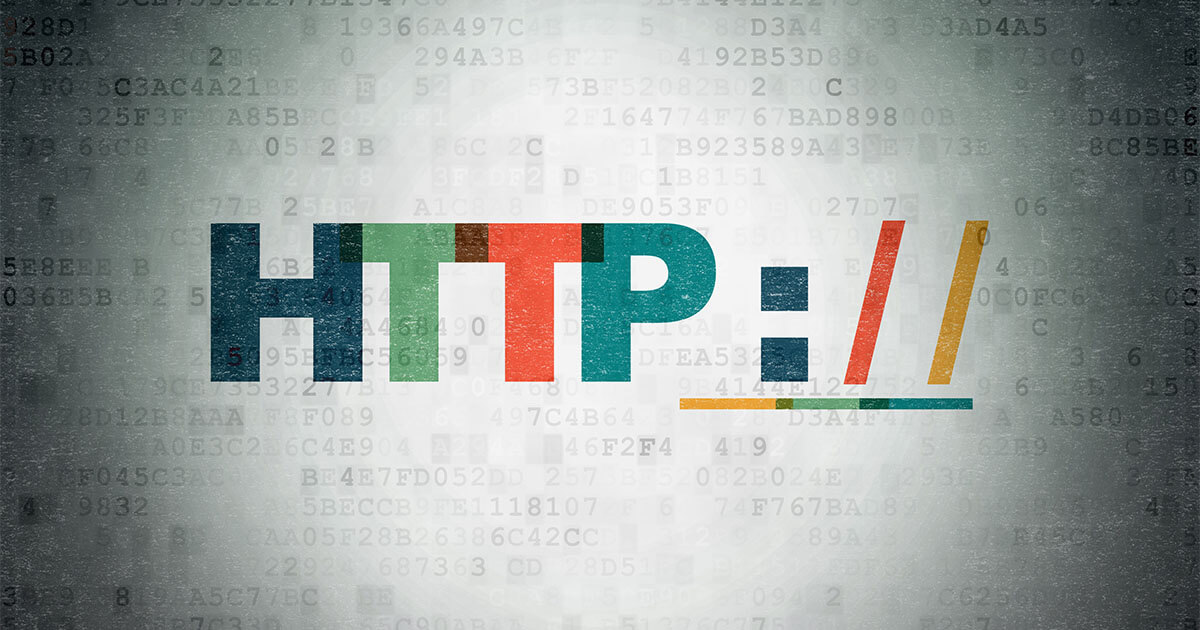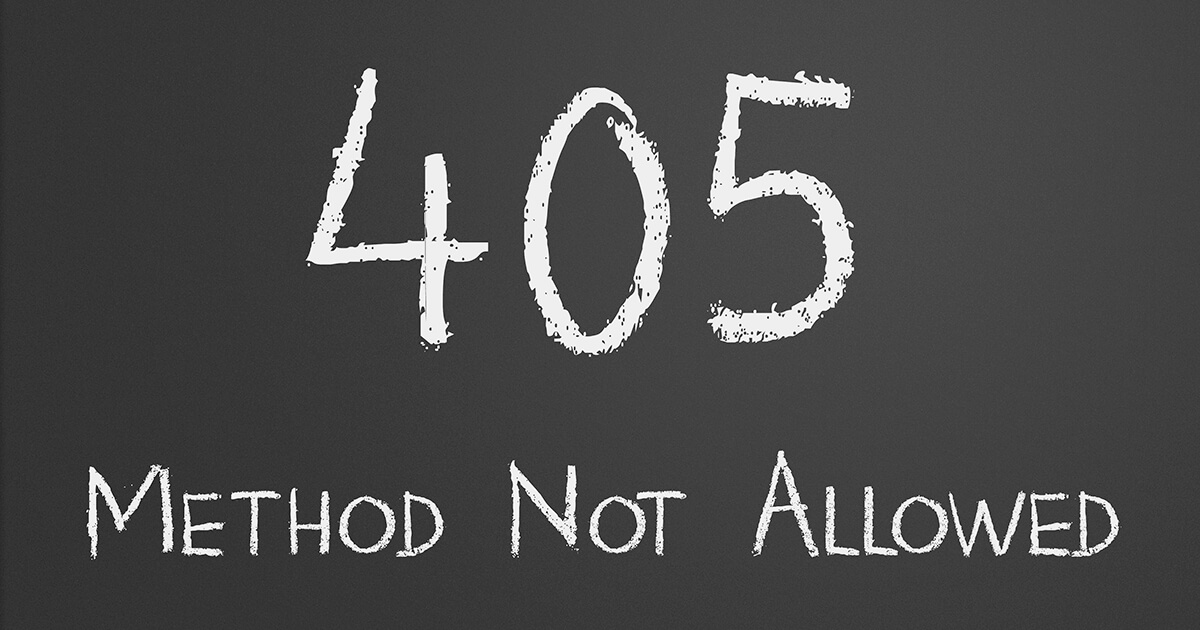403 Forbidden: What does the http status code mean and how do you fix it?
The http error 403 is an error message that is occasionally displayed in the user’s web browser. The 403 error is one of the many hypertext transfer protocol responses that can appear when attempting to access a web page. If the ‘403 Forbidden’ message appears in your browser instead of the website you requested, it means that you are not authorized to access the specified URL.
But why is access being denied? And is it still possible to reach the desired web page? The answers to these questions vary from case to case, as there are many possible causes for an http status code 403. Read on to find out how to identify the error and how to fix it.
$1 Domain Names
Register great TLDs for less than $1 for the first year.
Why wait? Grab your favorite domain name today!
How does an http error 403 occur?
The http 403 error message can occur when surfing the internet, specifically during the communication between the http client and the http server (web server). In order to understand 403 errors, it helps to visualize the process of accessing a web page.
When you attempt to open a web page, the browser sends a request to the appropriate web server via the hypertext transfer protocol (http). The server then checks this query. If everything has been entered correctly, the browser sends an http status code of the ‘2xx success’ category (such as ‘200 OK’ or ‘201 created’) before loading the web page. This takes place within a fraction of a second and users do not usually see the code.
If the procedure fails, however, a different class of error message will be displayed. These ‘4xx client error’ codes, which include the ‘403 forbidden’ message, differ from the ‘2xx success’ messages. Each error code is distinguished by an automatically generated HTML error page. Of this class, the best known is the 404 error message. All 4xx http status codes are server responses that indicate that the request was unsuccessfully processed. As the status code name implies, the client is generally the – but not necessarily – the source of the problem.
The http status code 403 itself expresses that the requested URL does indeed exist, but the client’s request could not be carried out. The client was not authorized to access the webpage. However, the true cause for an http error 403 varies from case to case; there are many different reasons as to why an error 403 message might appear.
With some websites, searching for specific directories is actively prevented by the 403 status. An example of this is when web pages contain images that can’t be accessed or copied easily. If this is the case, there is very little the user can do to gain access to the page. However, in most other cases, users can rectify a 403 forbidden error message. Read on to find out how.
Possible 403 error sources and how to fix them
‘403 forbidden’ messages are also displayed as ‘Error 403 access denied’, ‘http 403’, or simply ‘Forbidden’. This error message often leads users to think that these messages appear when a password is required in order to access the web page. In general, this type of situation wouldn’t cause a http error 403 message – there would be a 401 error code instead. The messages usually appear due to an error in the client’s settings. The most common errors are as follows:
Solution 1: deactivate browser extensions
It’s possible that your browser has been rejected due to active plugins and/or add-ons, such as ad blockers or proxy plugins. If you encounter a 403 error, you should try deactivating your extensions and then try to access the URL again.
Solution 2: clear your browser cache
If your browser still displays the http status code 403 after you’ve deactivated the plugins, try emptying the cache and see if this resolves the issue.
Solution 3: firewall settings
If clearing your cache still doesn’t lead to the desired web page, it’s also possible that there is a problem between the web server and your firewall that is responsible for the HTTP error 403 being displayed in the browser. If you trust the web page operator, you can disable the firewall and try opening the web page again. If this finally solves the problem, you should adjust your firewall settings so that this page is allowed.
http status code 403 is usually easy to bypass
The 403 error usually states that the browser is not authorized to view the requested page. However, with a bit of luck, you should be able to fix the http error 403 with one of the previously mentioned tricks. If you’ve tried all of these methods and you still see the error message, you should check your browser and/or firewall settings.
Some website operators protect specific directories from ‘directory browsing’ and the administrator might have configured the authorization settings incorrectly. If you suspect this is the case, your only option is to contact the website operator and alert them to the 403 error. If all these options have failed, you just have to accept that you are unable to access your desired URL.








